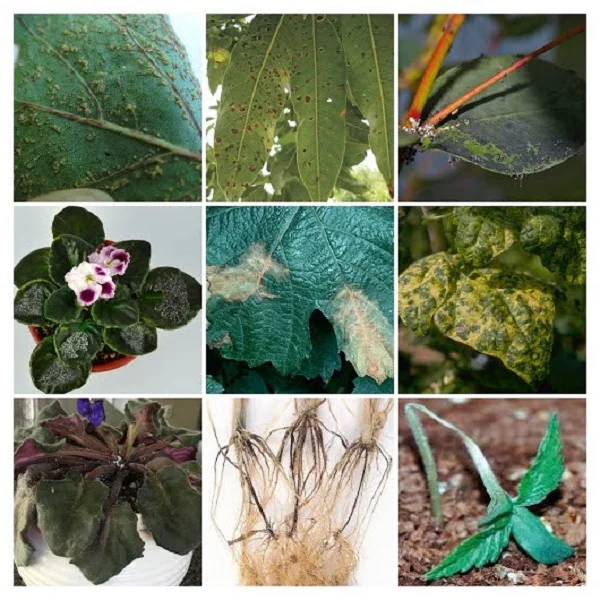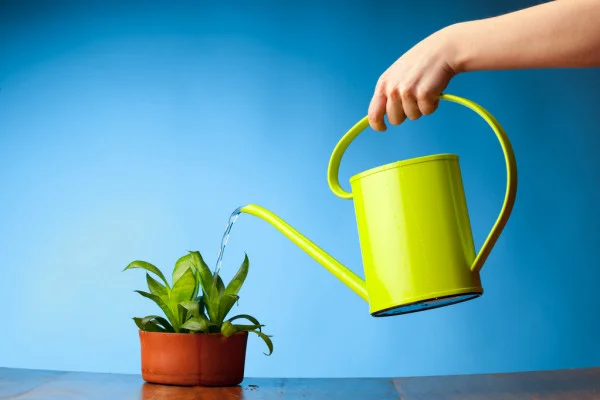12 Houseplants Pests: How to Identify and Get Rid of Bugs on Indoor Plants
Some links in this post may be affiliate links
Houseplants may sometimes get infested by pests. Learn how to identify and control common houseplants bugs before they cause serious damage to your plants.
No matter how much we may try to avoid pests, houseplants may sometimes get infested by bugs. The key thing is to be on the look out for any pest infestation and to carry out control measures immediately they are noticed.
If controlled on time, bugs are unlikely to cause any serious damage to indoor plants. However, if they are left untreated, they can spread very fast and cause serious damage or even loss of the plants. Therefore, regularly inspect your indoor plants for signs of pests and treat them immediately.
12 Common Houseplants Pests, Their Identification and Control
Common pests in houseplants are mealy bugs, spidermites, scales, aphids, fungus gnats, whiteflies, thrips, nematodes, weevils, caterpillars among others.
1. Mealy bugs
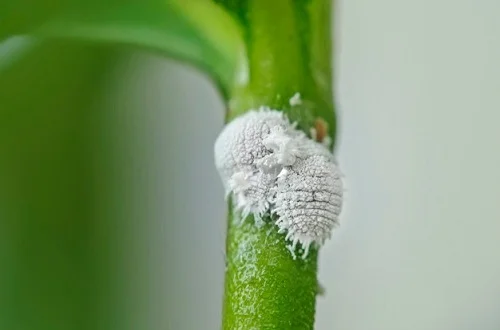
These are white, soft-bodied, cottony-looking, sap-sucking insects. Large clusters occur on stems and under the leaves of many plants. A serious attack can lead to wilting, yellowing and leaf fall.
They also excrete large amounts of honeydew which is a fertile ground for black sooty mold. Learn more on how to control mealy bugs on houseplants.
2. Aphids
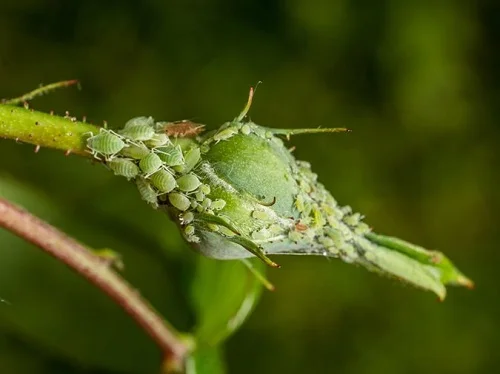
Aphids are tiny, soft-bodied insects also commonly called Plant Lice. They are sap-sucking insects which are usually green but may be black, grey or orange.
All plants with soft tissues can be attacked by aphids; the shoot tips and flower buds are the most often attacked. Read more on how to get rid of aphids on indoor plants.
3. Red spider mites
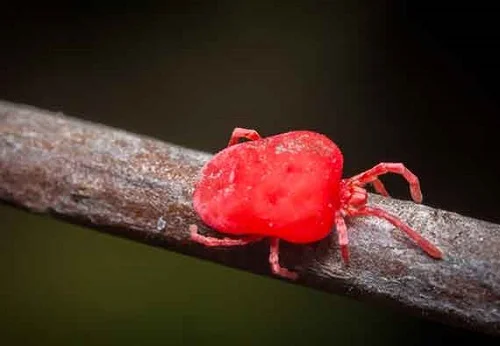
These are minute sap-sucking insects which infest the underside of leaves of almost all houseplants growing in hot and dry conditions.
They cause yellow blotches on the upper surface of the leaves and the leaves fall prematurely. Learn more on how to control spider mites from houseplants.
4. Scale insects
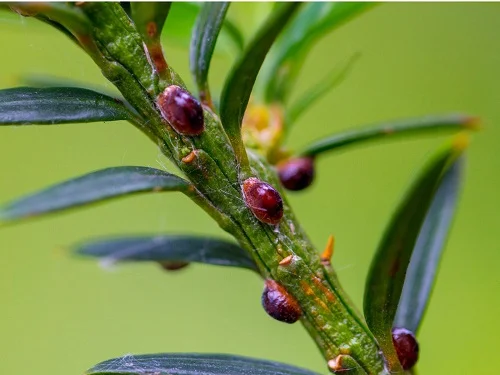
These are small, brown discs attached to the underside of leaves and on the stem. They are covered with an outer waxy shell which protect them from chemical penetration.
A heavy infestation may cause yellowing of leaves and produce a sticky honeydew which is a fertile ground for black sooty mold. Read more on how to control scale insects on indoor plants.
5. Fungus gnats
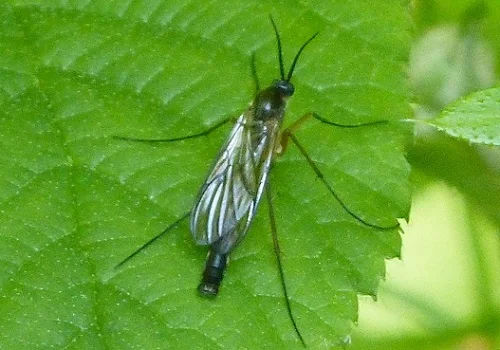
Fungus gnats are a major problem in houseplants. The small, black, flying adult is harmless. The problem is that it lays eggs in the soil which hatch into tiny, black-headed maggots which are harmful.
These maggots normally feed on organic matter but they can devour young roots. The gnats are troublesome in over-damp conditions. Learn how to get rid of fungus gnats from indoor plants.
6. Whiteflies
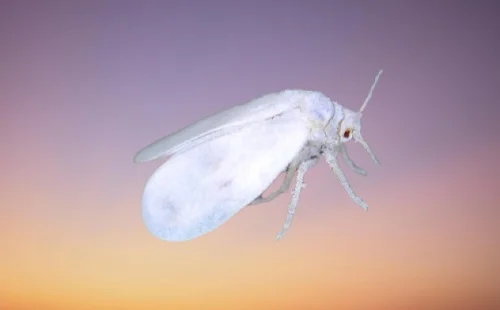
These are tiny, white moth-like insects which occur in clusters on the underside of leaves. They are common in Begonia, Fuchsia, Impatiens and Pelargonium.
They are sap-sucking insects, which secrete a honeydew sticky substance which attracts a sooty black mold. Read more on how to control whiteflies on houseplants.
7. Thrips
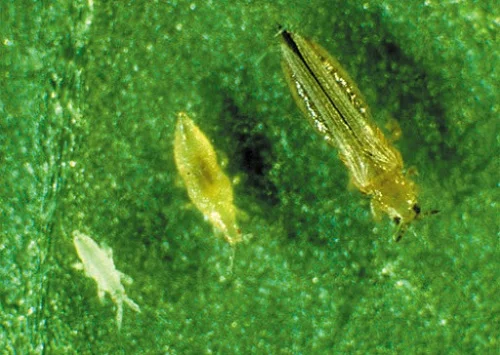
Thrips are tiny black insects which fly or jump from leaf to leaf, causing tell-tale silvery streaks.
The worst damage is on flowers which become spotted and distorted. Learn more on how to get rid of thrips from indoor plants.
8. Cyclamen mites
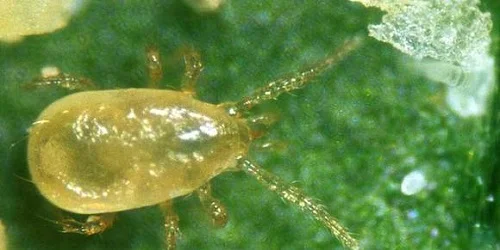
Cyclamen Mites are minute mites, looking like a film of dust on the underside of leaves. The pests will flourish in humid conditions.
Infested houseplants are stunted, have curled leaf edges, twisted stems and withered flower buds. Read on how to control cyclamen mites on houseplants.
9. Nematodes
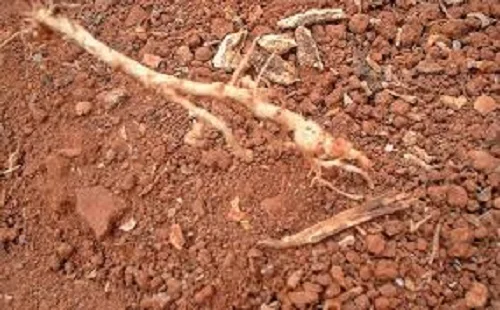
Nematodes also called eelworms are microscopic soil-living worms whose presence is marked by plant collapse for no apparent reason.
A look at the roots shows swellings (knots) which interfere with absorption of water and nutrients. Learn more on how to get rid of nematodes from your houseplants.
10. Vine weevil
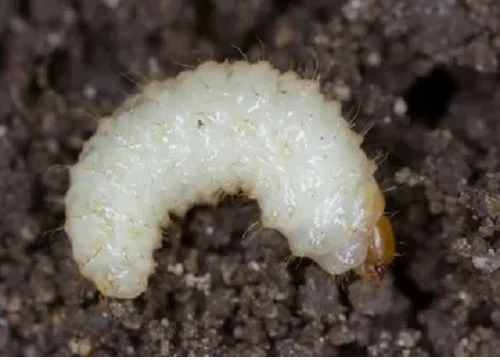
The adult bettles of the vine weevil attack the leaves but it is the creamy-white grubs (larvae) which causes the real damage.
They live in the soil where they rapidly devour roots, bulbs and tubers. Read more on how to control vine weevil in houseplants.
11. Earwigs
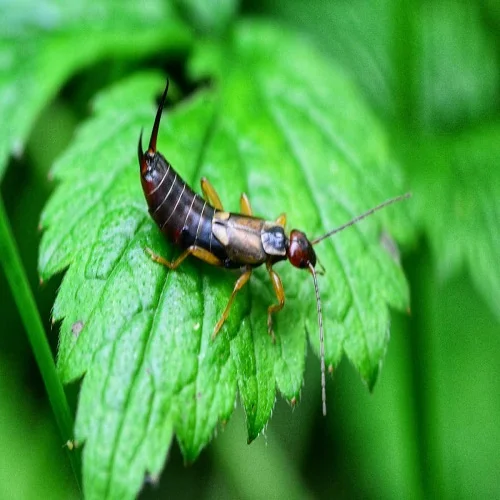
Earwig is a dark-brown pest with a pincer-like tail. It hides during the day and feeds at night on the leaves and the flower buds. Learn more on how to get rid of earwigs from indoor plants.
12. Caterpillars
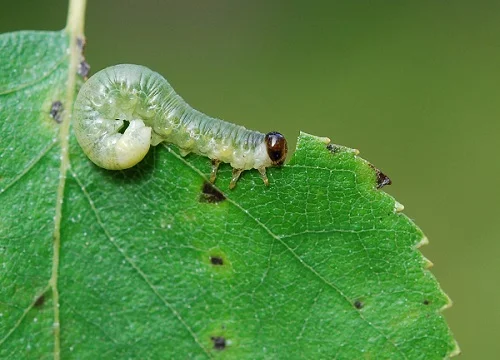
Many types of caterpillars can infest houseplants but rarely do they attack plants that are grown indoors.
The caterpillars vary in color from green, red, brown or black. Read more on how to control caterpillars from houseplants.
You liked it? Share on social media.
Related Content
Amazon Associates Disclosure
Homeplantsguide.com is a participant in the Amazon Services LLC Associates Program, an affiliate advertising program designed to provide a means for sites to earn advertising fees by advertising and linking to amazon.com.
